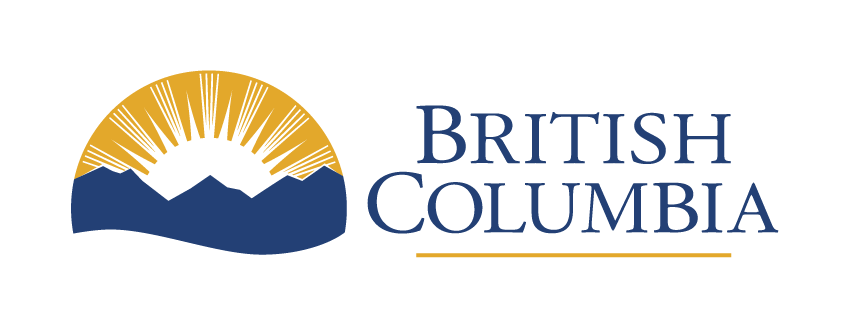Q&A: Crystal Hall, author of Antiracist by Design
|

Our February 2025 #DigitalBC Livestream Antiracist by Design with author Crystal Hall explored how to scope, design and implement projects with a deliberate anti-racist approach. If you missed the livestream, the full recording is available on YouTube.
Crystal is an associate Professor at the Evans School of Public Policy at the University of Washington and co-author of Antiracist by Design.
Following the livestream, she answered some questions we didn’t get the chance to address in-session.
What are some ways people can start to implement anti-racist principles into policy, service design, service delivery or internal team collaboration? How can we do this in a way that is equitable and respectful to everyone?
I think the first way is to educate yourself. Work on identifying your own blind spots and do the hard work of learning on your own so that others (especially other marginalized groups) don’t have to teach. For example, if you’re launching a project that will involve Indigenous communities, make sure you take the time to learn about the history and context of those communities before you begin the work!
What are some examples of successful anti-racist approaches that you’ve come across in your studies? What made those approaches successful?
Participatory Action Research is one great example of an approach that centers individual communities as participants in the research and not just the subjects of research. There are great examples from areas such as public health that have had successful implementation of these approaches and behavioral scientists could learn a lot from this work.

What are common blind spots in anti-racist design? Do you have any advice for how BC Public Service employees can balance inclusivity with the constraints of often slow-changing government structures?
I think we often don’t realize the assumptions that we bring when we don’t have lived experience in a certain domain. This can cause us to move too far down the path of a study or policy design without stopping to examine those assumptions more deeply. Involving people with lived experience in all stages of the work is one way to try to unearth (and prevent) these assumptions.
During the livestream, you spoke a lot about the importance of building relationships based on trust. How do you recommend keeping relationships and trust thriving with an organization that experiences constant change? For example, a large organization that can have totally new priorities every four years.
This is a tricky one! I think making investments that are long term can help these relationships weather transition. That could mean maintaining curiosity about a community or organization even when you’re not actively collaborating. Find ways to engage in genuine allyship so that trust can be effectively developed over time.

The BC Public Service has made reconciliation, equity, accessibility, diversity and inclusion (READI) a priority. What role do you think initiatives like READI and GBA+ play in removing racist ways of working? In your opinion, what can we do as an organization to increase the impact of these initiatives?
I love that these types of initiatives actively stand up these important values, by placing them front and center. They can help provide concrete guidelines on how to prioritize these ideas in program design and can guide important decisions on how programs and initiatives are evaluated. For example, making sure that data can be aggregated on important demographic dimensions that might uncover potential disparities or bias.
You can learn more about Crystal Hall on her faculty page at the Evans School of Public Policy & Governance.
Make sure to catch our future livestreams by signing up for the Exchange Newsletter.
